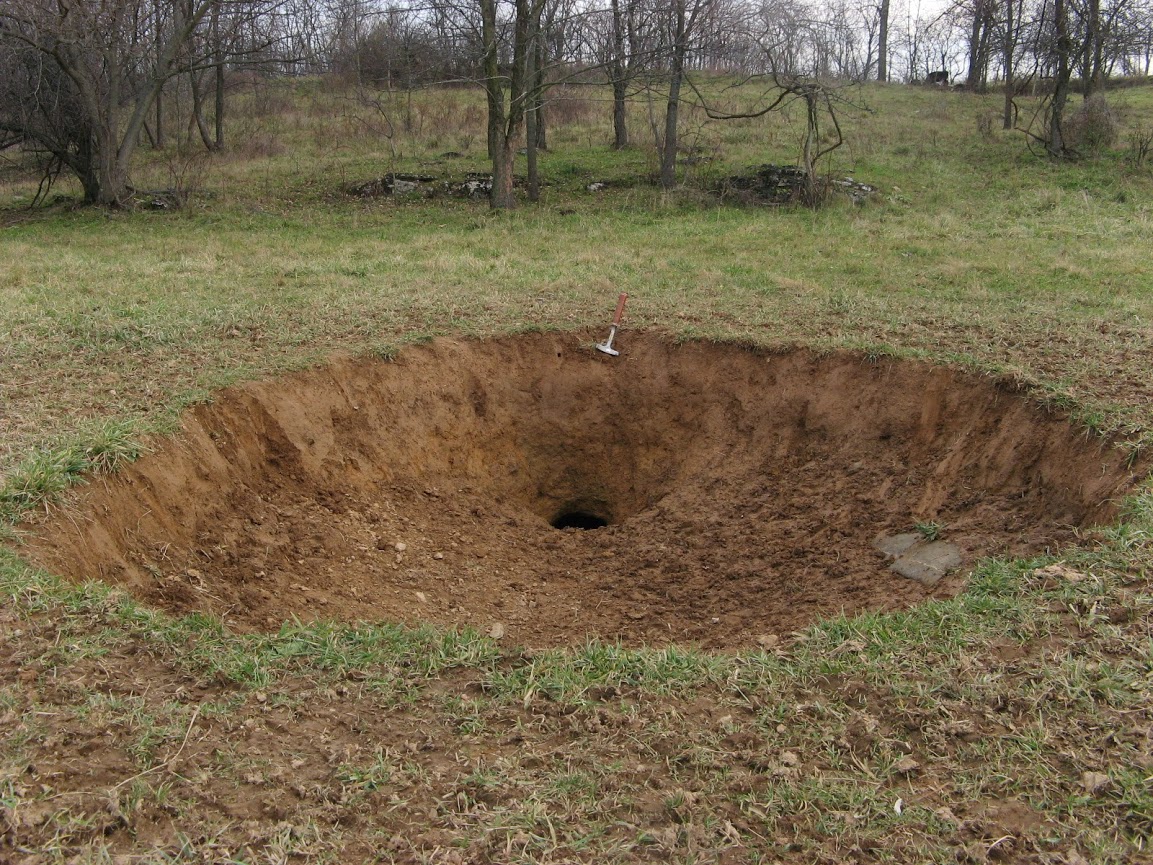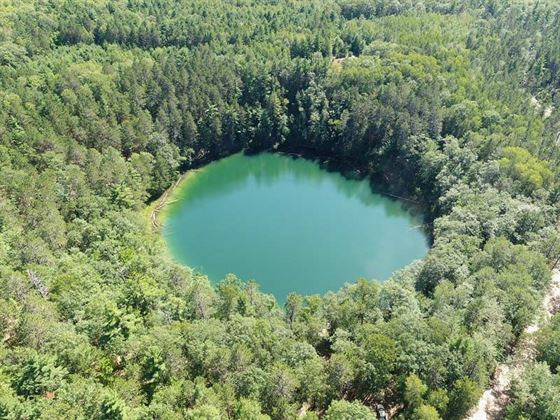Topic sinkhole in the ocean: Dive into the enigmatic world of ocean sinkholes, where the depths reveal secrets of Earth"s underwater wonders and hidden ecosystems.
Table of Content
- What causes the formation of a sinkhole in the ocean?
- What are Ocean Sinkholes?
- Famous Ocean Sinkholes
- Scientific Importance
- Exploration and Conservation
- YOUTUBE: Exploring a Giant Underwater Sinkhole in Belize
- Introduction to Ocean Sinkholes
- Formation and Characteristics of Ocean Sinkholes
- Famous Examples of Ocean Sinkholes
- Scientific Research and Ecological Significance
- Challenges in Exploring Ocean Sinkholes
- Conservation Efforts and Sustainable Tourism
- Future Directions in Ocean Sinkhole Studies
What causes the formation of a sinkhole in the ocean?
Formation of a sinkhole in the ocean can be caused by various factors, and the process typically involves the following steps:
- Underlying Geology: The presence of certain types of rock formations, such as limestone or carbonate bedrock, which are susceptible to erosion and dissolution, plays a crucial role in sinkhole formation.
- Water Erosion: The continuous action of water, including rainfall, waves, and groundwater, can gradually dissolve the rock beneath the ocean floor, creating cavities and voids.
- Collapse: As the rock erodes and the cavities enlarge, the overlying sediments may no longer be supported, leading to a sudden collapse or subsidence of the ocean floor.
- Formation of Sinkhole: The collapse results in the formation of a sinkhole in the ocean, which can vary in size and depth depending on the extent of the erosion and collapse.
READ MORE:
What are Ocean Sinkholes?
Ocean sinkholes are large marine caverns that have formed in carbonate bedrock, such as limestone or coral reefs. They are open to the surface and can extend deep into the ocean, revealing submerged passages and unique marine ecosystems.
Formation of Ocean Sinkholes
These natural wonders are formed over thousands of years. Ocean levels rise and fall, and acidic rainwater erodes the carbonate bedrock, creating vast caverns. When the roof of a cavern collapses, it reveals the sinkhole to the surface.

Famous Ocean Sinkholes
- The Great Blue Hole: Located near the coast of Belize, this is the largest known ocean sinkhole. It measures about 1,043 feet across and 407 feet deep, offering a unique habitat for various marine species.
- Dean"s Blue Hole: Found near Long Island in the Bahamas, Dean"s Blue Hole is the world"s deepest known blue hole, with depths reaching up to 663 feet.
- Dragon Hole: Known as the world"s deepest underwater sinkhole, the Dragon Hole is located south of the Paracel Islands and plunges approximately 987 feet deep.
Scientific Importance
Research into these deep, isolated environments can offer insights into microbial life, unique ecological systems, and the Earth"s geological history. They are also pivotal in understanding sea level changes over millennia.

Exploration and Conservation
Exploring these underwater caves presents significant challenges due to their depth and the technical skills required for diving. Conservation efforts are crucial to protect these unique geological features from pollution and over-tourism, ensuring they remain pristine for future generations to study and enjoy.
Exploring a Giant Underwater Sinkhole in Belize
Exploration: Embark on a thrilling journey of discovery and adventure as we explore the depths of the unknown. Join us in unraveling mysteries and uncovering hidden treasures in this captivating video. Earth: Immerse yourself in the breathtaking beauty of our planet Earth in this visually stunning video. Witness the wonders of nature, from majestic mountains to serene oceans, and be inspired by the marvels of our home.
Is Earth Imploding Beneath the Ocean? Unexplained Sinkholes Unveiled
Is the seafloor even SAFE anymore?? Join us, and find out! Subscribe for more ▻ https://wmojo.com/unveiled-subscribe In this ...
Introduction to Ocean Sinkholes
Ocean sinkholes, also known as blue holes, are large marine cavities that form in carbonate rock like limestone or coral reefs. These fascinating geological formations are found in various locations around the world, including the famous Great Blue Hole of Belize. Ocean sinkholes are not only stunning natural wonders but also offer a unique environment for a diverse range of marine life.
The formation of ocean sinkholes is a lengthy process that often begins with the dissolution of carbonate rock by acidic rainwater, leading to the creation of underground caverns. These caverns can eventually collapse to form sinkholes, revealing the hidden depths below. The waters within blue holes can vary from fresh to marine, and they often contain distinct layers of water with varying salinity levels.
Scientific exploration of blue holes has revealed a treasure trove of information, from unique microbial communities that thrive in anoxic conditions at the bottom, to the preservation of fossils that provide insights into past environments. Sediments within blue holes can contain microfossils and other deposits that help scientists understand historical climate conditions.
One of the most iconic ocean sinkholes, the Great Blue Hole, was popularized by Jacques Cousteau, who named it one of the top dive sites in the world. This and other sinkholes continue to attract scientists and adventurers alike, drawn by their mysterious beauty and the secrets they hold about the Earth"s geological and biological history.
As fascinating as they are, ocean sinkholes pose significant challenges for exploration due to their depth and the technical diving skills required. They are also vital for understanding Earth"s past, present, and future, making their conservation important for scientific research and natural heritage.

Formation and Characteristics of Ocean Sinkholes
Ocean sinkholes, also known as blue holes, are large marine caverns that form in carbonate platforms like those found in the Bahamas and around the Yucatán Peninsula. These fascinating geological features are created through karst processes, where slightly soluble bedrock such as limestone is eroded by water, leading to the formation of these underwater caverns.
One of the most notable characteristics of blue holes is their unique sedimentation patterns, where sediment accumulates at the center rather than the edges. This leads to the preservation of diverse fossils and climate records within their depths. Sediment layers in blue holes can include sapropel, detrital peat, and lacustrine marls, within which microfossils can be found.
The chemistry within blue holes varies greatly, often starting with a layer of freshwater at the surface that becomes more saline with depth. Many blue holes have distinct pycnoclines and haloclines, indicating the transition from freshwater to saltwater. The anoxic conditions at the bottom of blue holes, combined with their ability to trap sediments, make them excellent preservers of both biological and climate histories.
Marine life in blue holes is adapted to the unique conditions within. Microbial diversity is particularly high, with organisms such as foraminifera, meiobenthic organisms, and nematodes thriving in the nutrient-rich, anoxic layers. These microorganisms play a crucial role in the biogeochemical pathways of blue holes, contributing to their ecological significance.
Exploring and studying these natural wonders offers insights into past climates, extinct species, and the adaptability of life in extreme environments. However, diving in blue holes can be dangerous due to factors like nitrogen narcosis, and many are considered hazardous for divers.
Famous Examples of Ocean Sinkholes
- The Great Blue Hole: Located off the coast of Belize, this giant marine sinkhole lies near the center of Lighthouse Reef. It is circular in shape, with a diameter of 318 meters (1,043 feet) and a depth of 124 meters (407 feet). The Great Blue Hole is a popular spot among recreational scuba divers, known for its crystal-clear water and diverse marine life including species such as midnight parrotfish and Caribbean reef sharks. It was ranked number one on Discovery Channel"s list of "The 10 Most Amazing Places on Earth" in 2012.
- Dragon Hole: Known as the deepest underwater sinkhole, the Dragon Hole is located in the Drummond Island reef of the Paracel Islands in the South China Sea. It reaches a depth of over 300 meters (approximately 987 feet), making it a significant point of interest in marine studies. The Paracel Islands, where the Dragon Hole is situated, are a subject of territorial dispute among several countries.
- Dean"s Blue Hole: Positioned in The Bahamas, Dean"s Blue Hole is one of the world"s deepest known blue holes with a depth of over 202 meters (663 feet). Its entrance in the water is a large circular opening that widens considerably into a cavern at its base.

Scientific Research and Ecological Significance
Ocean sinkholes such as El Zacatón in Mexico and the Lake Huron Sinkhole in the USA have become focal points for scientific research due to their unique environments and the ecosystems they support. El Zacatón, one of the world"s deepest known sinkholes, provides a natural laboratory for studying karst landscapes, geological processes, and extremophiles. Its crystal-clear, mineral-rich waters offer excellent visibility for divers and researchers, facilitating studies on its unique microbial life and thermal stratification.
Similarly, the Lake Huron Sinkhole project funded by NOAA"s Ocean Exploration is aimed at understanding the physical, chemical, and biological processes in these unique habitats. Characterized by high sulfate and low oxygen levels, these sinkholes support specialized microbial communities, offering insights into microbial mats and potential pharmacological applications. This research contributes significantly to our understanding of extreme environments and the potential for life in similar conditions elsewhere in the universe.
Furthermore, the role of ocean science diplomacy, as discussed in international forums, emphasizes the importance of collaborative research efforts in addressing global, transborder, and regional oceanic issues. This collaborative approach not only advances our scientific understanding but also supports international relations and policy-making, ensuring the sustainable management and conservation of ocean resources. The United Nations Convention on the Law of the Sea exemplifies the balance between national and global interests in ocean affairs, underlining the pivotal role of scientific research in informing policy and legal frameworks for the ocean"s sustainable use.
- El Zacatón"s unique ecosystem and geological significance make it a site of immense scientific interest.
- The Lake Huron Sinkhole project highlights the importance of interdisciplinary research in understanding unique underwater ecosystems.
- Ocean science diplomacy plays a crucial role in fostering international collaboration and informing policy decisions for sustainable ocean management.
This interconnectedness of science, diplomacy, and policy underscores the ecological significance of ocean sinkholes and the need for continued exploration and conservation efforts.
Challenges in Exploring Ocean Sinkholes
Exploring ocean sinkholes, such as blue holes, presents a unique set of challenges due to their remote and inaccessible locations, often several hundred feet underwater. The complex and hazardous environment of these sinkholes demands specialized equipment and expertise.
- Technical and Logistical Challenges: Deploying divers and sophisticated instruments like benthic landers into the depths of sinkholes, which can extend deeper than 350 feet, requires meticulous planning and coordination. The equipment must be capable of withstanding the intense pressures and corrosive saltwater found at these depths.
- Environmental Conditions: Ocean sinkholes are characterized by extreme conditions such as intense pressures, extreme cold, and total darkness. These factors make it difficult to operate standard exploration equipment and necessitate the development of specialized technology.
- Biological and Chemical Analysis: The unique ecosystems within blue holes, with diverse biological communities and distinct seawater chemistry, present challenges for collecting and analyzing biological and chemical samples. This is critical for understanding the carbon cycling and ecological significance of these environments.
- Pressure-Related Challenges: Many organisms and microbial life found in ocean sinkholes are adapted to high-pressure environments, known as piezophiles. Studying these organisms requires specialized high-pressure cultivation techniques, which are complex and resource-intensive.
- Collaboration and Technology Development: Overcoming the challenges of exploring the deep marine biosphere requires international collaboration and continued development of advanced instrumentation and exploration techniques. This includes submersibles, remotely operated vehicles (ROVs), and autonomous underwater vehicles (AUVs), which are crucial for accessing and studying these remote ecosystems.
Despite these challenges, exploring ocean sinkholes offers valuable insights into uncharted ecosystems, contributes to our understanding of the Earth"s biodiversity, and provides opportunities for discovering new species and understanding biogeochemical processes.
:max_bytes(150000):strip_icc()/LEAD-25688ccbf0af493d8203e0c6580a9902.jpg)
Conservation Efforts and Sustainable Tourism
Conservation of ocean sinkholes and their surrounding ecosystems is critical for preserving biodiversity and supporting sustainable tourism. The Blue Nature Alliance is a notable effort, aiming to protect vast ocean areas by mobilizing resources and partnering with countries, communities, and organizations. This global initiative seeks to achieve the ambitious goal of protecting at least 30% of the ocean by 2030, emphasizing the importance of collaborative conservation efforts.
- Integrated Conservation and Tourism: Sustainable tourism, particularly around unique ecosystems like ocean sinkholes, plays a vital role in conservation. It provides an avenue for sharing community wisdom and traditions, fostering a deeper connection and commitment to conservation among both locals and visitors.
- Community Engagement: Engaging local communities and respecting traditional governance systems are key to the successful integration of conservation efforts and sustainable tourism. This approach ensures that conservation initiatives are not only scientifically sound but also culturally relevant and supported by local communities.
- Research and Education: Ongoing research, such as the detailed investigations conducted by teams like the one from Mote Marine Laboratory and NOAA, contributes significantly to our understanding of ocean sinkholes. These efforts not only uncover the ecological significance of these formations but also inform conservation strategies and sustainable tourism practices.
- Policy and Global Collaboration: The involvement of global organizations, governments, and NGOs in ocean conservation signifies the universal recognition of the ocean"s value. Initiatives like the Blue Nature Alliance illustrate how collaborative efforts can lead to significant conservation achievements and the development of sustainable tourism models.
Conservation and sustainable tourism efforts around ocean sinkholes are crucial for protecting these natural wonders and their rich biodiversity. By integrating scientific research, community engagement, and global collaboration, we can ensure the long-term preservation and appreciation of these unique ecosystems.
READ MORE:
Future Directions in Ocean Sinkhole Studies
The exploration and research of ocean sinkholes, such as blue holes, are poised to enter an exciting new phase, leveraging advancements in technology, interdisciplinary collaborations, and a heightened global focus on ocean science. Future studies aim to unravel the mysteries of these enigmatic underwater features and their contribution to the broader marine ecosystem.
- Advanced Exploration Techniques: Utilization of cutting-edge technologies such as autonomous underwater vehicles (AUVs), remotely operated vehicles (ROVs), and sophisticated benthic landers will enhance the capability to explore deeper and more inaccessible ocean sinkholes, providing unprecedented insights into their structure, biodiversity, and ecological functions.
- Interdisciplinary Research: Collaborations across various scientific disciplines will be crucial in understanding the complex interactions within ocean sinkholes. Studies will integrate geology, marine biology, chemistry, and oceanography to explore the formation processes, biological communities, and chemical environments of these underwater systems.
- Global Ocean Science Initiatives: The upcoming Decade of Ocean Science for Sustainable Development presents a unique opportunity to elevate ocean sinkhole research within the global scientific agenda. It aims to foster a new narrative for ocean conservation, emphasizing the reduction of pressures on the ocean, enhancing its resilience, and promoting sustainable use of ocean resources.
- Capacity Building and Education: Future directions include significant investments in education and capacity building, especially in developing countries. This includes creating new curricula, promoting ocean literacy at all educational levels, and facilitating exchange programs to enhance global knowledge and stewardship of ocean sinkholes.
- Effective Ocean Governance: The importance of effective governance frameworks will be recognized, incorporating systematic assessments and spatial planning to manage the use and conservation of ocean sinkholes. This will involve multi-stakeholder engagement to ensure sustainable and equitable access to ocean resources.
Through these concerted efforts, future ocean sinkhole studies will not only advance scientific knowledge but also contribute to the overarching goals of ocean conservation, sustainable development, and global biodiversity protection.
Dive into the mysterious world of ocean sinkholes, where science meets adventure, uncovering hidden ecosystems and shaping the future of marine exploration and conservation.
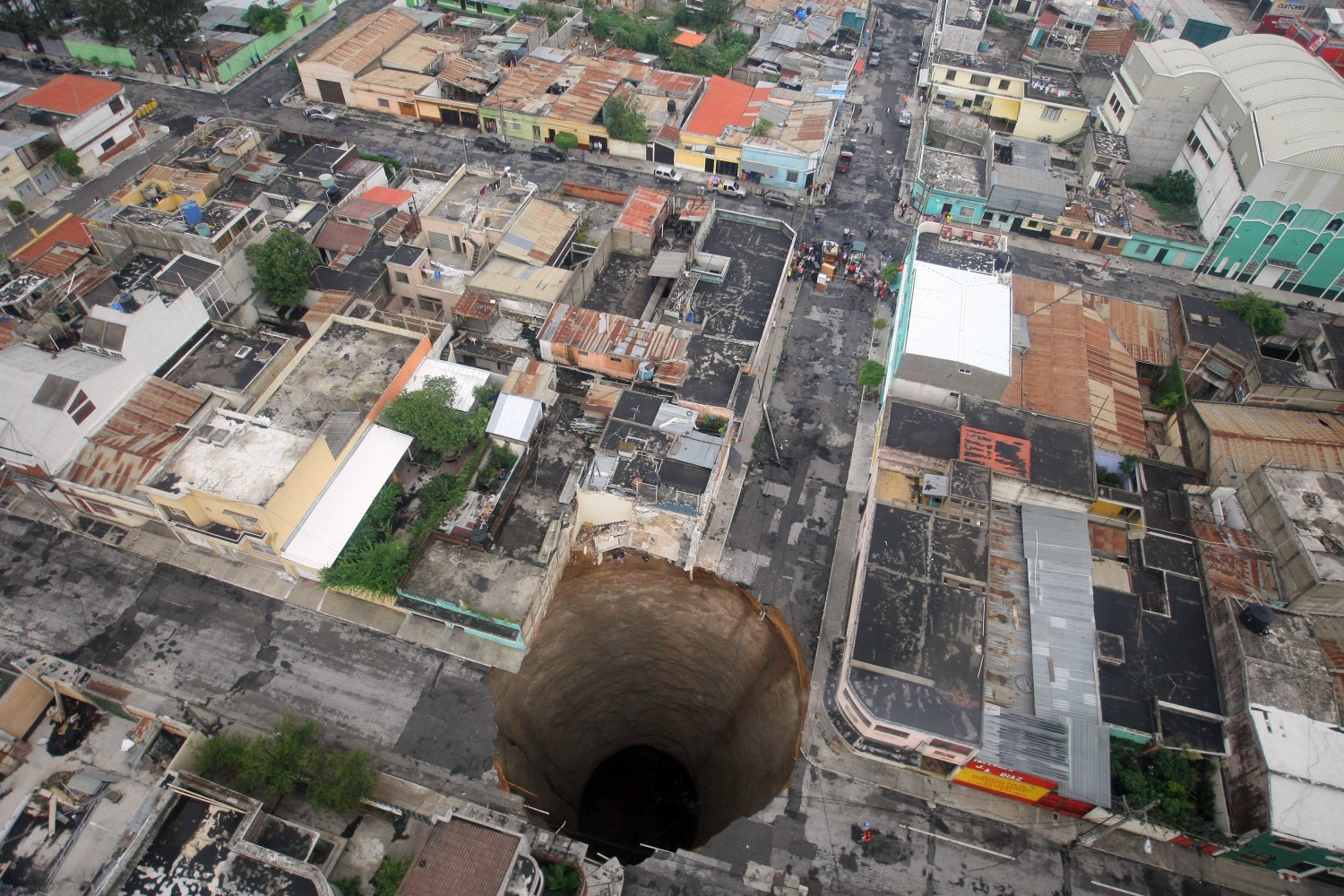


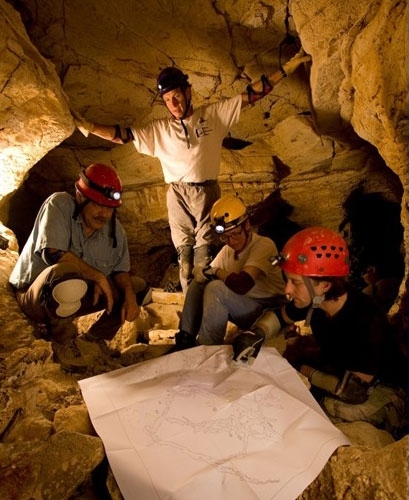
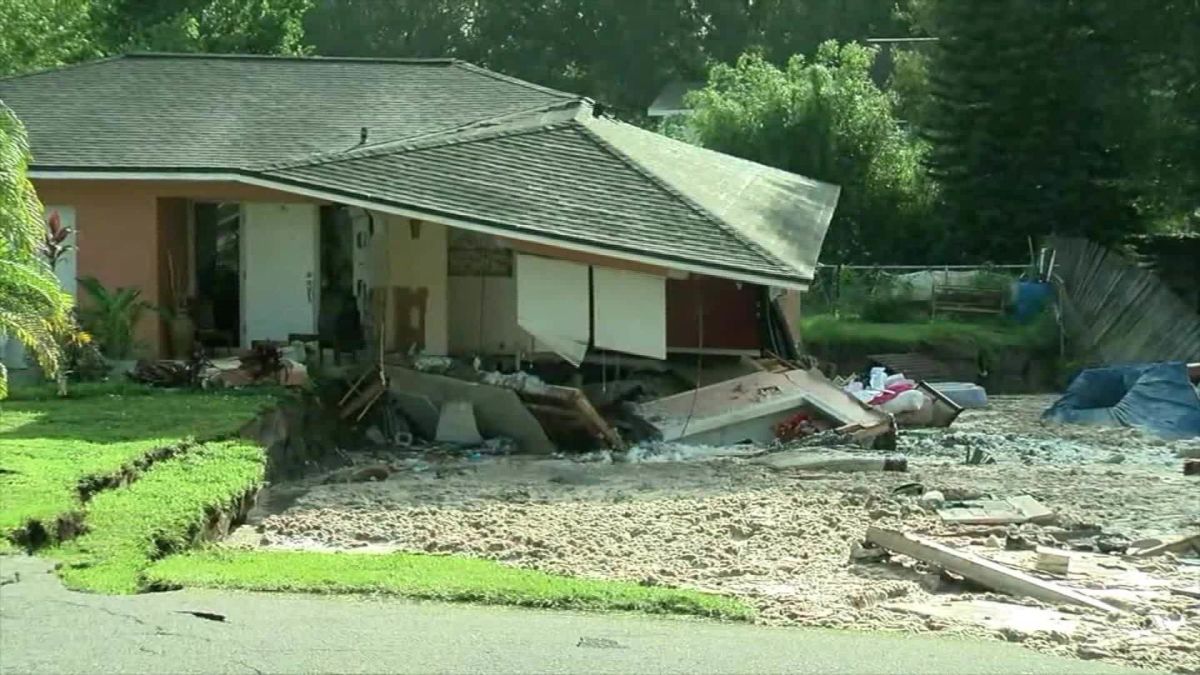
:max_bytes(150000):strip_icc()/__opt__aboutcom__coeus__resources__content_migration__mnn__images__2019__03__CenoteIkKilStairwellSwimmingHole-d99e791c5c2242f680c5b143c04fd056.jpg)

